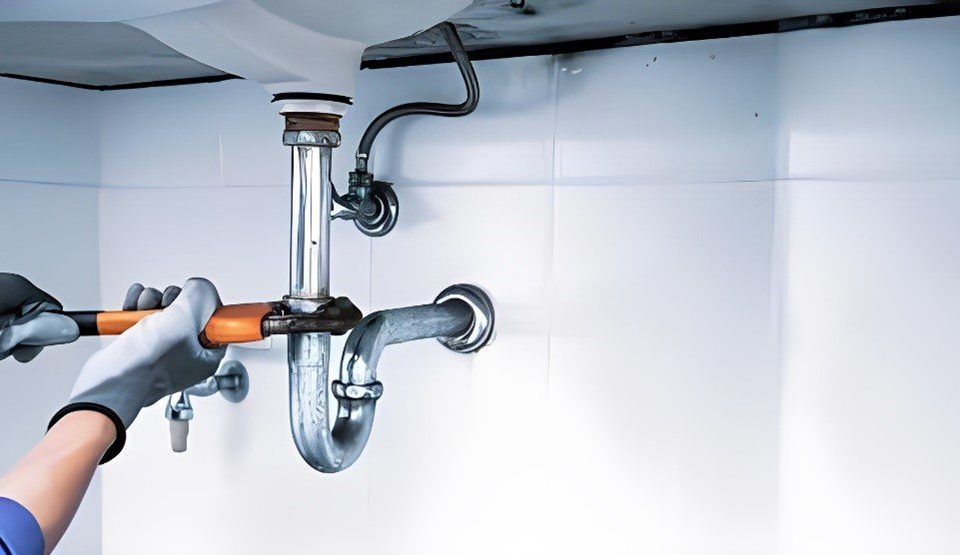Simple Projects You Can Do In A Weekend To Improve Indoor Air Quality In Your Home
November 3, 201515 Must Have Items for Your First Nursery
November 14, 2015Two of the most dreaded home disasters are fire and flooding, and for good reason. The damage they cause can be so extensive—and expensive, that home insurance categories were specifically created in recognition of their destructive power. While everyone recognizes the threat of fire and flooding, many people remain unaware of the dangers that remain after one of these disasters strikes.
Flooding
The use of advanced meteorological technology like Doppler radar and satellites have increased our ability to predict the weather. These advances have resulted in far fewer deaths from drowning during floods. However, drowning is only one of the dangers of flooding.
Electrocution
Electrocution is the second leading cause of death resulting from flooding. Often, the main electrical switch is located in the basement, which is the first place to be flooded. Experts advise that in the event of a flooded basement, the safest thing to do is disconnect completely from the electrical grid. That requires removing the electrical meter face from the meter pan, which can be done by an electrician or a utility company employee. It may also be necessary to shut off the gas if there are gas appliances in the basement.
If you must go into the basement before having disconnected completely from the electrical grid, it is advisable to wear rubber boots. In order to reach the main electrical switch, use a non-metal step-stool. If the rest of the house isn’t flooded, you can shut down just the basements circuits and use the electricity upstairs to run a shop vac. However, this can be risky, and if the water is too deep to ensure that the electrical cord doesn’t come in contact with the water, it’s best to call a professional with equipment designed specifically for job.
Once the water has been drained, it’s important to address the potential danger of damage caused to heating and cooling systems that have been submerged in water. Your system and appliances should be inspected before attempting to use them, since a malfunctioning system can be extremely dangerous. Rust can also prevent proper grounding.
Mold
Despite numerous medical studies that demonstrated the potentially deadly effects of some toxin-producing molds, the EPA has still not set any minimum standards for acceptable levels and types of molds. However, while many molds can result in allergies or respiratory ailments, others can produce deadly toxins. To prevent mold, adequate sunlight and ventilation are vital. A dehumidifier can also be helpful in damp climates.
Fire
According to FEMA, the top three causes of residential fires are cooking, faulty heating systems, and malfunctioning electrical appliances. Not only is fire itself a danger, but the heat
Smoke
While everyone knows that prolonged smoke inhalation is deadly, but many people don’t realize how dangerous even brief exposure can be. Many items commonly found in homes are made of materials that undergo pyrolysis when exposed to heat. The chemical composition of plastics, synthetic fabrics and asbestos change and become toxic carcinogens.
Soot
Like smoke, the potential health risks associated with inhaling soot are increased according to the type of material that produced it. The size of a particle of soot is estimated to be 2.5 microns, which is capable of deep lung penetration. Larger particles can get trapped in the upper respiratory system. Since the size of a speck of dust is 40 microns, soot particles can’t be seen with the naked eye.
Preventive Measures
A few initial preventative measures and investments can help reduce the risk of flooding. Checking and clearing your rain gutters and inspecting your foundation for cracks regularly is essential. A sump pump and a generator in case the power is lost can reduce flooding damage as well as raise the value of your home.
Fire prevention means regularly testing smoke detectors, especially in the kitchen. Regular safety inspections of heating systems and replacement of aging electrical appliances are essential. While all home disasters are tragic, none is quite as tragic as a preventable one.










